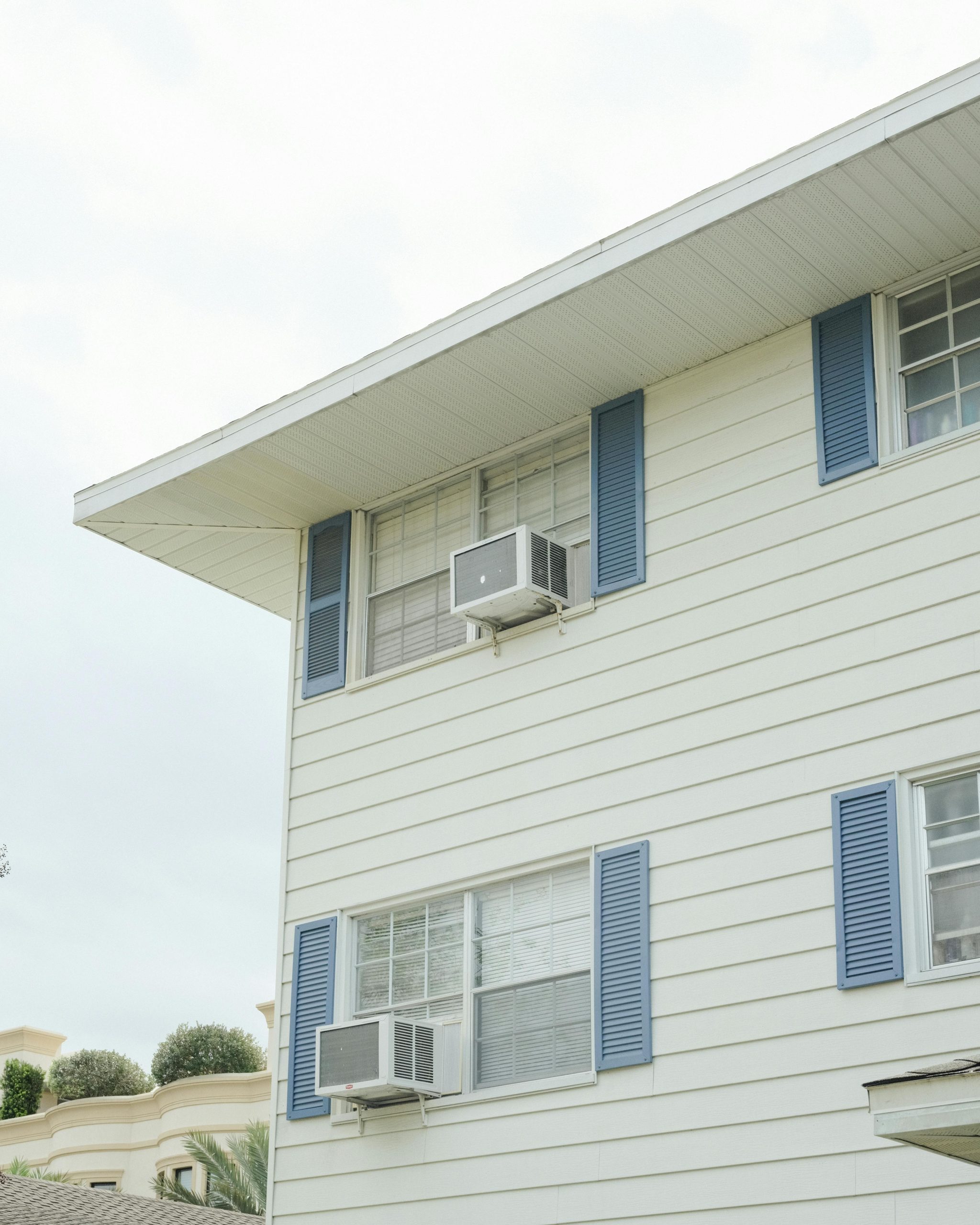
Selecting the right siding for your home is a decision that can significantly impact its appearance, durability, and maintenance requirements. With a variety of siding options available, it’s essential to consider several factors before making your choice. Here are some key factors to consider when choosing the right siding for your home:
1. Durability
- Climate: Consider your local climate and choose a siding material that can withstand its specific challenges, such as extreme temperatures, humidity, or high winds.
- Resistance to Elements: Look for siding materials that are resistant to moisture, rot, insects, and UV rays to ensure long-term durability and minimal maintenance.
2. Maintenance Requirements
- Ease of Maintenance: Evaluate the maintenance requirements of each siding material and choose one that fits your lifestyle and budget. Some materials, such as vinyl and fiber cement, require minimal maintenance, while others, like wood, may need regular painting, staining, or sealing.
3. Aesthetic Appeal
- Architectural Style: Consider the architectural style of your home and choose a siding material and style that complements its design. Whether your home is modern, traditional, rustic, or contemporary, there’s a siding option to enhance its aesthetic appeal.
- Color and Texture: Explore the variety of colors, textures, and styles available for each siding material to find one that suits your personal taste and enhances your home’s curb appeal.
4. Cost
- Initial Cost: Compare the initial cost of different siding materials, including the cost of materials and installation, to find an option that fits your budget.
- Long-Term Cost: Consider the long-term cost of ownership, including maintenance and repair expenses, when evaluating the overall cost-effectiveness of each siding option.
5. Energy Efficiency
- Insulation Properties: Choose a siding material with good insulation properties to improve your home’s energy efficiency and reduce heating and cooling costs.
- Additional Insulation: Consider adding insulation under the siding to further enhance energy efficiency and improve comfort levels inside your home.
6. Environmental Impact
- Sustainable Materials: Look for siding materials that are made from sustainable or recycled materials and are environmentally friendly.
- Recyclability: Consider the recyclability of the siding material at the end of its life cycle to minimize its environmental impact.
7. Installation
- DIY vs. Professional Installation: Determine whether you plan to install the siding yourself or hire a professional contractor. Some siding materials, such as vinyl and fiber cement, are easier to install than others, such as brick or stone veneer.
By considering these factors, you can choose the right siding for your home that not only enhances its appearance but also provides long-lasting durability, minimal maintenance, and improved energy efficiency. Whether you prefer the classic look of wood siding, the low maintenance of vinyl siding, or the durability of fiber cement siding, there’s a siding option to suit your needs and budget.






